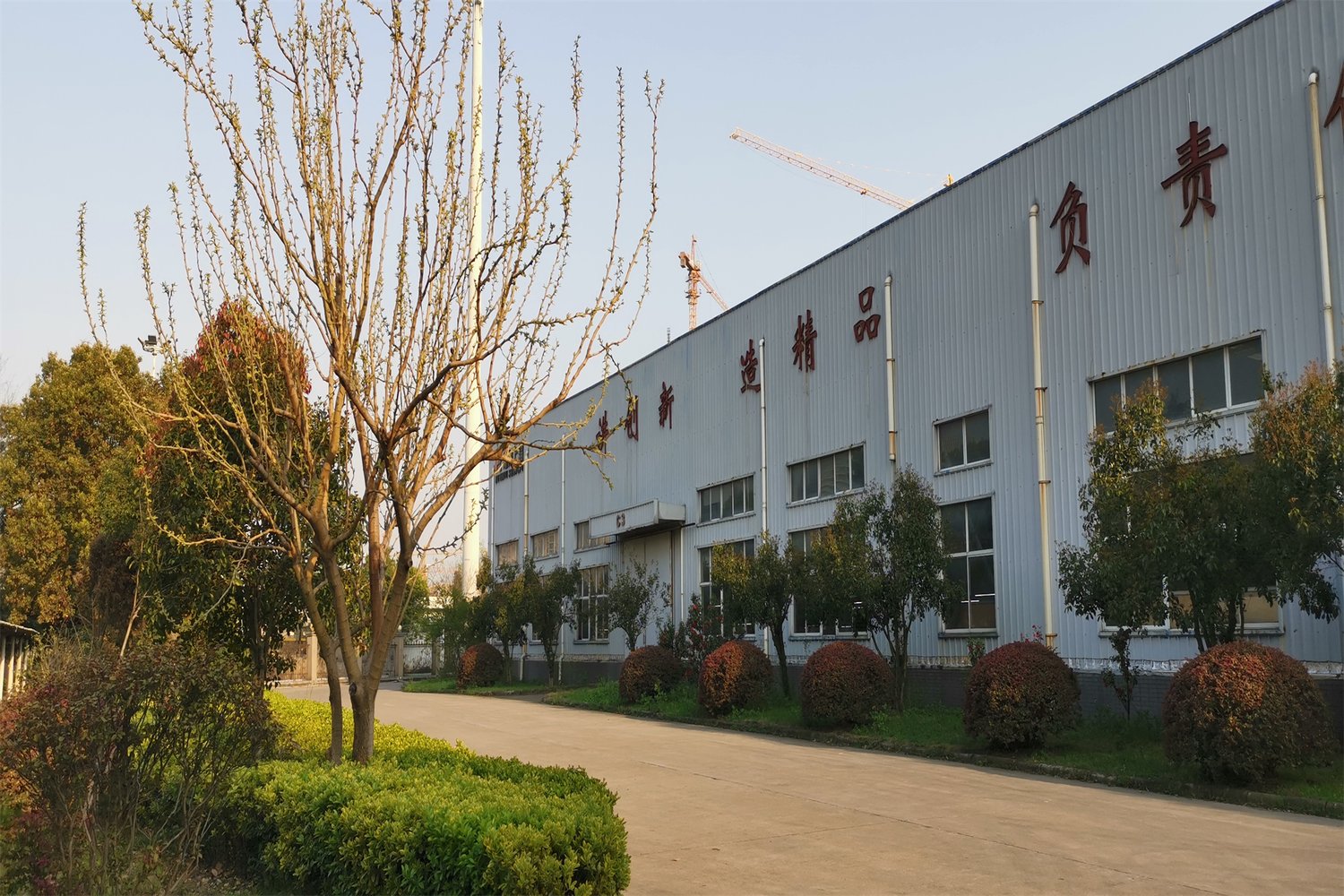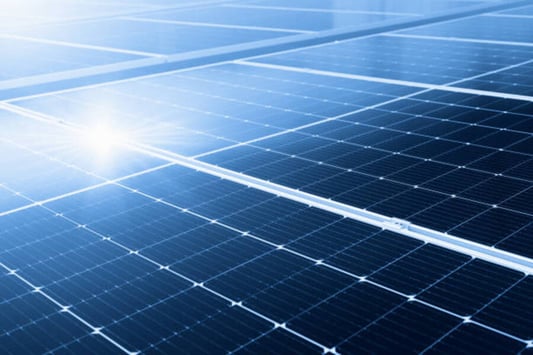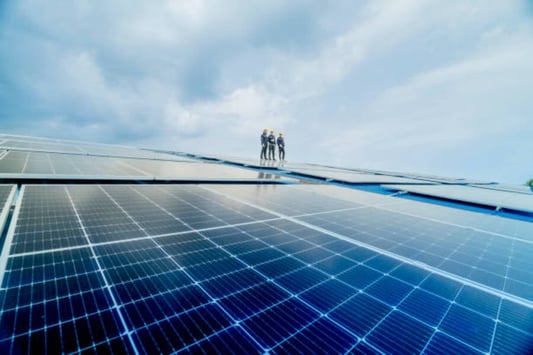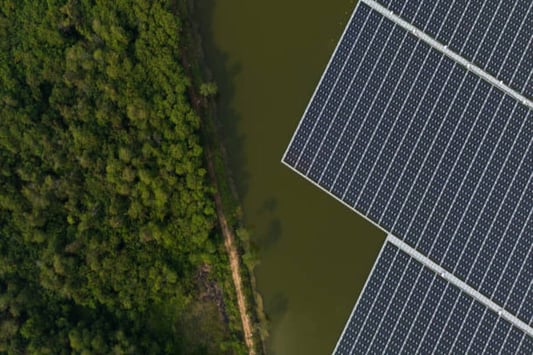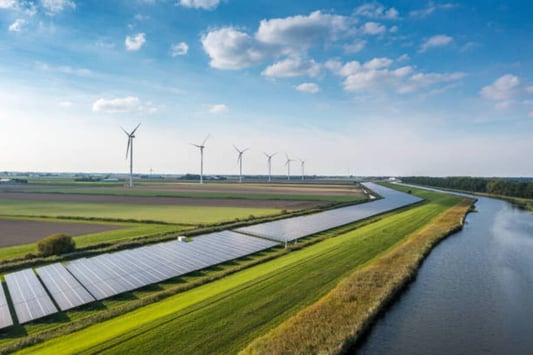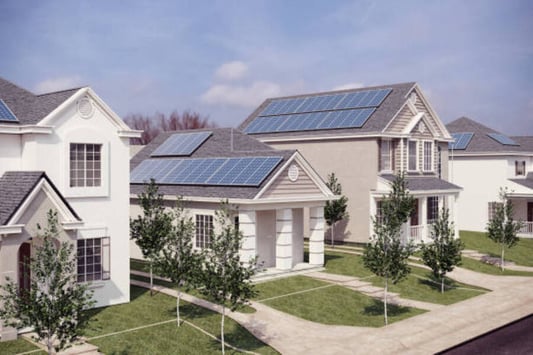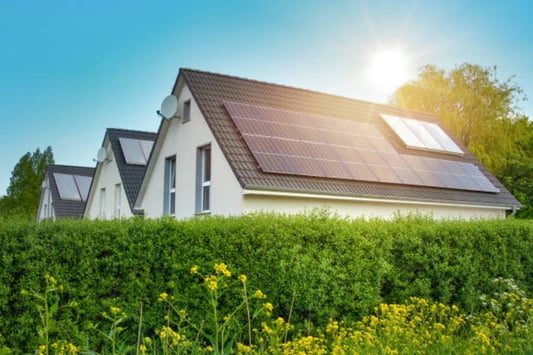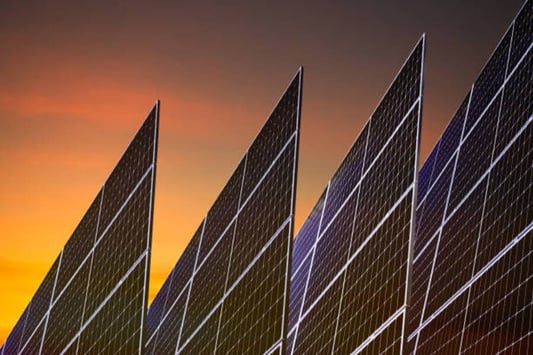Benefits of Using mc4 to usb c cableMC4 to USB C cable is becoming increasingly popular due to its many benefits. It allows for faster charging and data transfer speeds compared to traditional cables.Compatibility with Various DevicesMC4 to USB C cable is compatible with a wide range of devices, including smartphones, tablets, laptops, and more. This makes it a versatile and convenient option for all your charging and data transfer needs.Durable and Long-lasting DesignOne of the key advantages of MC4 to USB C cable is its durable design. It is built to last and can withstand daily wear and tear, making it a reliable choice for long-term use.High-Speed Charging CapabilityMC4 to USB C cable enables rapid charging of your devices, ensuring you can quickly power up your device and get back to using it in no time. This is especially useful when you're on the go and need a fast charging solution.Efficient Data Transfer SpeedsIn addition to fast charging, MC4 to USB C cable also offers high-speed data transfer capabilities. This means you can quickly transfer files between devices without experiencing any lag or delays.Versatile Usage in Different SettingsWhether you're at home, in the office, or on the road, MC4 to USB C cable can be used in various settings. Its flexibility and compatibility with different devices make it a convenient choice for any situation.Compact and Portable DesignMC4 to USB C cable is compact and lightweight, making it easy to carry with you wherever you go. You can simply toss it in your bag or pocket and have a reliable charging and data transfer solution on hand at all times.Cost-Effective SolutionDespite its many benefits, MC4 to USB C cable is an affordable option for consumers. You can enjoy the advantages of fast charging and high-speed data transfer without breaking the bank.Environmentally Friendly OptionChoosing MC4 to USB C cable can also be an environmentally friendly choice. Its durable design means you won't need to replace it frequently, reducing electronic waste in the long run.ConclusionIn conclusion, MC4 to USB C cable is a versatile, durable, and efficient solution for all your charging and data transfer needs. Consider investing in this innovative cable to enjoy the many benefits it has to offer.Quote InquiryContact Us

